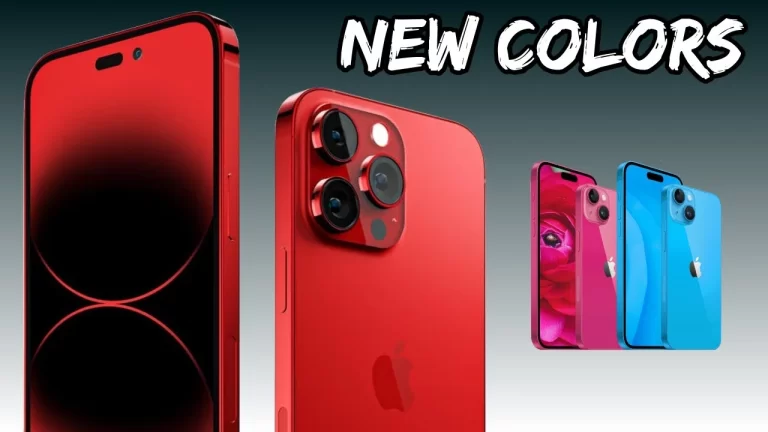Spectrophotometers are sophisticated instruments that have revolutionized color measurement across various industries. These devices provide highly accurate and consistent color measurements by analyzing how objects absorb or reflect different wavelengths of light. From ensuring color consistency in manufacturing to aiding scientific research, spectrophotometers have become indispensable tools for professionals who require precise color data.
What is a Spectrophotometer?

A spectrophotometer is an advanced instrument used for measuring the intensity of light across the visible spectrum. It’s a crucial tool in industries where precise color measurement and matching are essential, such as printing, textiles, paint manufacturing, and scientific research. Unlike the human eye, which can be influenced by surrounding colors and lighting conditions, a spectrophotometer provides objective, numerical data about color, making it invaluable for quality control, color formulation, and ensuring consistency across different production batches or locations.
How Does a Spectrophotometer Work?
Spectrophotometers operate on a series of key principles that combine optics, electronics, and data analysis. The process begins with a calibrated light source that emits a consistent spectrum of light, often mimicking standard daylight conditions. This light is directed onto the sample being measured, which absorbs some wavelengths and reflects others based on its color properties. The reflected light is then separated into its component wavelengths using a diffraction grating or prism, much like a prism separating white light into a rainbow.

Here’s a more detailed breakdown of how they work:
- Light Source: The device starts with a calibrated light source that emits a consistent spectrum of light. This light often mimics standard daylight conditions to ensure accurate measurements across different environments.
- Sample Illumination: This controlled light is directed onto the sample being measured. The sample could be a solid object, a liquid, or even a gas.
- Light Interaction: When the light hits the sample, it interacts with it in several ways:
- Some wavelengths (colors) are absorbed by the sample
- Other wavelengths are reflected
- The specific wavelengths absorbed and reflected depend on the sample’s color properties
- Light Collection: The spectrophotometer captures the light that’s reflected off (or, in some cases, transmitted through) the sample.
- Light Separation: The collected light is then separated into its component wavelengths. This is typically done using either:
- A diffraction grating: a surface with fine parallel grooves that splits light into its spectrum
- A prism: a triangular piece of glass that separates white light into its component colors
- Detection: Once separated, the intensity of light at each wavelength is measured by a detector. This is often a photodiode array or a CCD sensor, similar to what you might find in a digital camera.
- Data Analysis: The spectrophotometer’s software analyzes the intensity data for each wavelength. It compares this to the original light source to determine exactly how the sample interacted with each part of the light spectrum.
- Results: The final output is typically a spectral reflectance curve – essentially a “fingerprint” of the sample’s color. This data can be expressed in various color spaces and notations, such as CIE Lab*, RGB, or industry-specific standards.
This precise, objective measurement of color allows spectrophotometers to detect subtle color differences that the human eye might miss, making them invaluable tools in industries where color accuracy is crucial.
Top 5 Spectrophotometer Brands
The spectrophotometer market is dominated by several key players, each offering unique features and specializations. Here are five of the top brands in the industry:
- X-Rite: Known for their high-quality instruments used in various industries, X-Rite has established itself as a leader in color science and technology. Their i1Pro series is particularly popular among graphic designers and printers, offering features like automated scanning and the ability to measure both reflective and transmissive samples.
- Konica Minolta: This company leverages its extensive experience in imaging and optical technology to produce a wide range of spectrophotometers, from portable devices to advanced lab instruments. Their CM-5 benchtop spectrophotometer is highly regarded for its ability to measure both reflected and transmitted color, making it suitable for analyzing both solid objects and liquids.
- Datacolor: Specializing in color management solutions, Datacolor’s Spyder series is widely used in the photography and design industries. These devices are known for their ability to calibrate and profile monitors, projectors, and printers accurately, ensuring consistency between what’s seen on screen and in print.
- HunterLab: With over 60 years of experience, HunterLab provides spectrophotometers for diverse applications, from food to pharmaceuticals. Their ColorFlex EZ is known for its ease of use, making it popular in industries where consistent, accurate measurements are crucial but technical expertise may vary.
- BYK-Gardner: Offering spectrophotometers particularly suited for the automotive and coatings industries, BYK-Gardner specializes in instruments for measuring color and appearance. Their spectro2guide is popular for its versatility, capable of measuring color, gloss, and fluorescence simultaneously.
Conclusion
Spectrophotometers represent the gold standard in color measurement technology, providing objective and repeatable color data that is crucial in many industries. While they require a significant investment and some technical expertise to use effectively, the precision and consistency they offer make them essential tools for serious color professionals.
As technology continues to advance, we can expect these instruments to become even more precise, user-friendly, and integrated into various workflows, further cementing their status as indispensable tools in the quest for perfect color.






